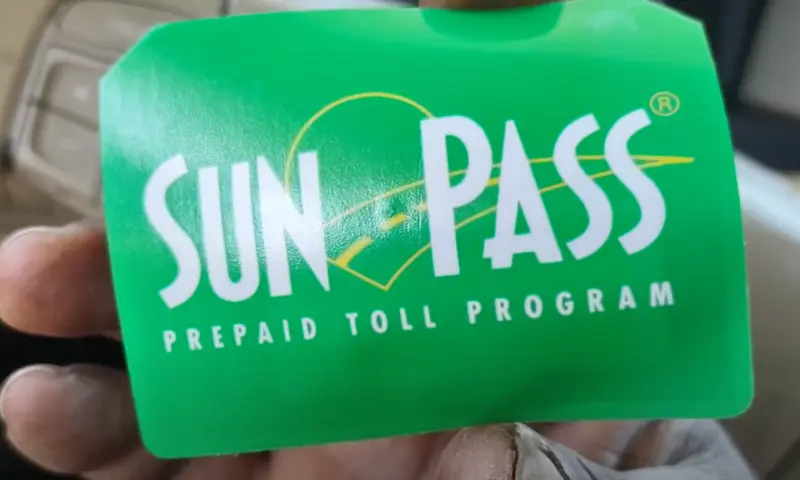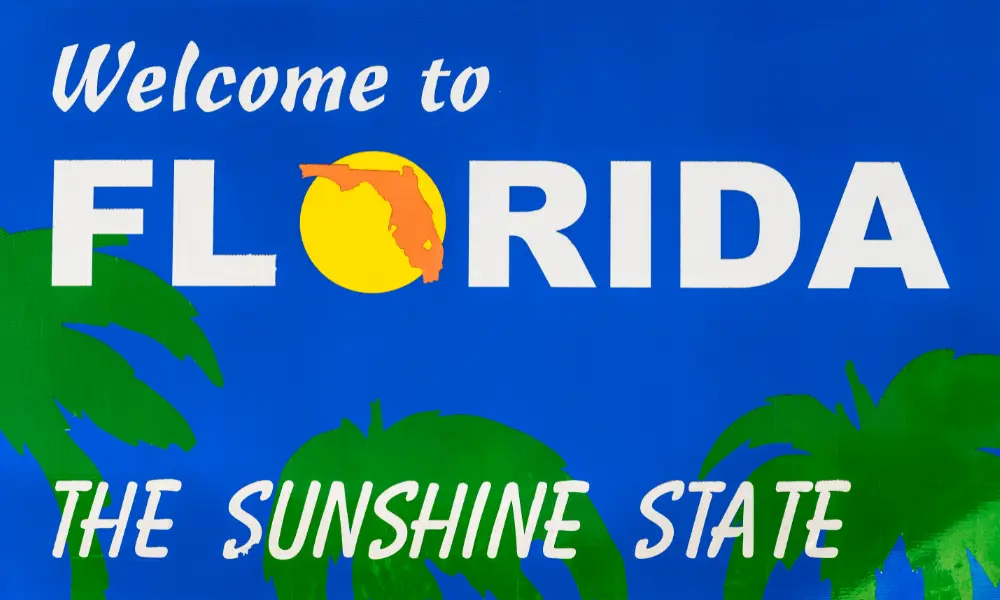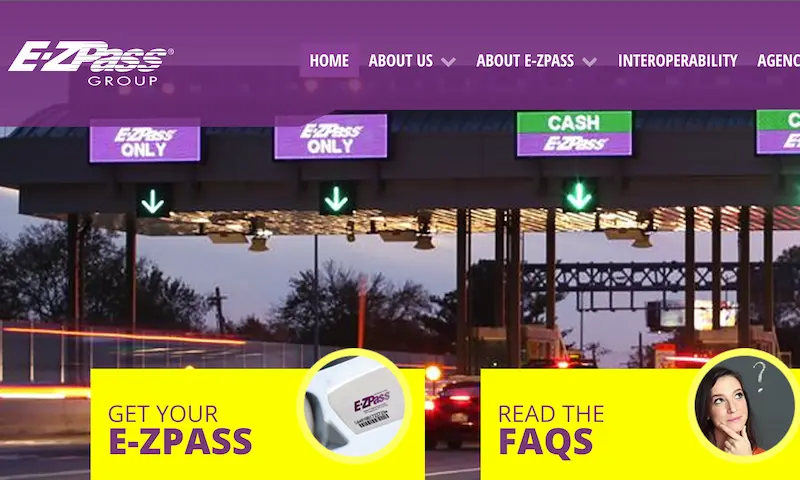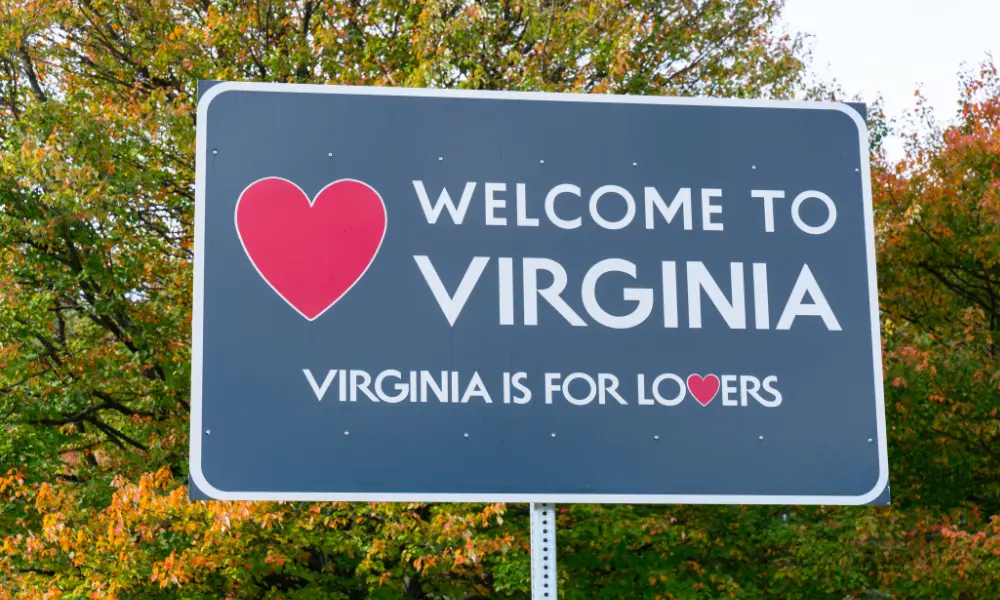When you’re embarking on a road trip, understanding how to pay for tolls is essential to reaching your destination smoothly. Across the United States, different tolling systems such as open and closed systems could affect your journey. Whether using cash, transponders, or mobile apps, preparing for toll payments means fewer hiccups on your way to new experiences.
Toll Road Locations in the US
When you’re traveling across the US, knowing the locations of toll roads can save you both time and hassle. Here’s a helpful breakdown of where you might encounter toll roads during your journeys:
Northeastern U.S.
- New York: Prepare for tolls on iconic structures like the George Washington Bridge and tunnels leading into Manhattan.
- New Jersey: The New Jersey Turnpike is a well-known toll road here.
- Pennsylvania: The Pennsylvania Turnpike is a major toll road cutting across the state.
- Massachusetts: Be aware of the Massachusetts Turnpike, among other tolled routes.
Midwestern U.S.
- Ohio: The Ohio Turnpike is a key toll road in this state.
- Illinois: Watch out for tolls on the Illinois Tollway.
- Indiana: The Indiana Toll Road is a significant tolled route.
Southern U.S.
- Florida: The Sunshine State has a variety of toll roads, including the famous Florida Turnpike.
- Texas: With several toll roads, Texas is known for the likes of the Texas State Highway 130.
- Virginia: There are a few toll roads, such as the Dulles Toll Road.
- Maryland: Expect tolls on roads like the Fort McHenry Tunnel under Baltimore Harbor.
Central U.S.
- Oklahoma: Here, you’ll find the Turner Turnpike and others.
- Kansas: Be on the lookout for the Kansas Turnpike.
West and the Pacific
- California: SoCal and the Bay Area have toll roads and bridges, including the San Francisco-Oakland Bay Bridge.
- Washington: There are toll roads and bridges in Washington, for instance, the Tacoma Narrows Bridge.
Keep in mind, tolls and payment methods can vary by state and road. In some places, you’ll pay at a booth, while others may require an electronic toll collection system like E-ZPass in the Northeast or FasTrak in California. And remember, states like West Virginia, Maine, and North Carolina also feature toll roads despite their fewer numbers.
Travel prepared by checking your route beforehand for any toll costs or specific payment systems required, so there are no surprises on the road. Safe travels!
Different Payment Methods for Tolls
When you’re on the road, knowing how to pay for tolls can help you avoid delays and fines. From traditional cash payments to high-tech solutions, there’s a range of options to cover toll costs.
Cash Payments
Paying with cash is the most straightforward method to settle a toll. You can usually pay at toll booths where attendants or automatic machines accept the exact change. Keep in mind, not all toll lanes accept cash, and some regions are moving towards cashless systems.
Electronic Toll Collections
Systems like E-ZPass on the East Coast, SunPass in Florida, and FasTrak in California allow you to link a device in your vehicle to a prepaid account or credit card. As you pass through toll stations, the toll is automatically deducted. This method is efficient and can sometimes save you money through discounts.
Transponders and Toll Tags
A transponder or toll tag is a small device attached to your vehicle’s windshield. Devices such as E-ZPass tags, TxTag, or FasTrak work with specific regional systems to automatically process toll payments from a linked prepaid account or bank account.
Mobile Apps and Navigation Systems
Several mobile apps like Tollsmart and Google Maps can help manage toll costs. These apps often offer toll estimates and can guide you to alternative routes to avoid tolls. With variations available for both iOS and Android platforms, you can integrate toll payment methods directly through your smartphone.
Planning Your Trip
When you’re gearing up for a journey by car, RV, truck, bus, or taxi, understanding toll costs and payment methods is crucial. Planning ahead ensures that you have a smooth, budget-friendly ride.
Pre-Trip Research
Before you hit the road, research is key. Familiarize yourself with the toll facilities on your intended route by using a reliable US toll calculator. This tool gives you a detailed list of toll plaza locations and helps estimate the costs you’ll encounter. Remember to check if your chosen route has electronic or cash toll options, as this will affect your planning.
Calculating Tolls and Budgeting
Calculating the total toll costs is an important step in your pre-trip planning. Make use of online tools that provide an accurate toll cost & fuel calculator to estimate expenses for different vehicles, including cars and RVs. Here’s what you need to do:
- Input your starting point and destination into the toll calculator.
- Add your vehicle type to get specific rates.
- Obtain the estimated total for tolls and fuel for the most cost-effective route.
Budgeting for these expenses in advance can help prevent unexpected costs during your trip.
Finding Toll Facilities and Routes
Your navigation system or maps are indispensable when identifying toll routes. Look for apps or map services that highlight toll roads, providing real-time navigation to streamline your trip.
Moreover, it’s crucial for you to know where toll plazas are located and the accepted payment methods, whether that’s cash, transponder, or license plate tolling to avoid any potential delays.
By tackling pre-trip research, calculating tolls and budgeting, and finding toll facilities and routes ahead of time, you’re setting yourself up for a stress-free travel experience. Keep this friendly advice in mind and you’re sure to enjoy the journey as much as the destination!
How to Avoid Toll Violations and Penalties
When you’re on the road, staying informed about toll procedures and promptly addressing any toll notices can save you from unnecessary fines and legal troubles.
Understanding Toll Violations
Toll violations occur when you drive through a toll plaza without making the proper payment. This might happen if your electronic toll collection system, like E-ZPass, lacks sufficient funds, or you miss a toll booth altogether. To avoid violations, ensure your toll account is funded before your trip, and watch for signs indicating toll areas.
Here’s what typically happens if you miss a toll:
- Initial Bill: You’ll receive a bill for the unpaid toll.
- Additional Fees: If not paid promptly, substantial late fees can be added.
In some cases, if unpaid after 60 days, you could owe fees up to $100 per unpaid toll, which may lead to suspension of your vehicle registration.
To stay on top of toll rates, most toll authorities have rate charts on their websites or toll calculators to estimate your costs in advance.
Disputing Charges and Violations
If you believe there’s been a mistake, it’s crucial you act quickly. You can often dispute toll charges:
- Review your Bill: Double-check the notice or statement for any errors in the date or amount.
- Gather Evidence: If possible, collect any evidence that supports your case, such as payment records or transponder logs.
- Contact the Toll Authority: Use the information provided on the bill to contest the charge. Some websites, like the California Toll Roads, outline the steps to take for resolution.
Remember, each toll authority has its own process for disputes, so refer to their specific guidelines promptly to prevent further penalties.
Discounts, Subscriptions, and Toll Programs
Traveling through tolls doesn’t have to be a costly affair if you stay informed about the discounts and programs available. With the right knowledge, you can potentially save on both toll costs and associated fuel expenses by reducing stop-and-go traffic encountered at toll booths.
Recurring Toll Discounts and Offers
Recurring toll discounts are a savvy traveler’s best friend. You may save up to 60% on the Pennsylvania Turnpike or about 20% on certain New York and New Jersey tolls by using an E-ZPass. Other states offer similar programs, and you can often find these discounts applied automatically when your toll pass is scanned at the booth.
Do keep in mind that maintaining a funded account is essential for these passes to work; having sufficient funds in your toll pass bank account ensures that your transponder is always ready to pay for tolls.
Subscription Based Toll Programs
Subscription-based toll programs like E-ZPass and SunPass operate on a pre-paid model, where you load funds into an account linked to a toll transponder. While on the road, this transponder communicates with toll sensors to deduct the toll amount from your account, allowing you to use express lanes for a faster commute and, in some cases, at a reduced rate.
In Florida, meeting the SunPass Toll Relief Program eligibility requirements can lead to credits on your account.
For example, this program offers a relief credit when you have more than 35 paid transponder-based transactions in a calendar month, which can help make your frequent travel cheaper.
Remember, these plans often have requirements, such as vehicle type or minimum usage, so it’s best to check the specifics before you subscribe.
Traveling with Tolls in North America
When you’re planning a road trip through North America, understanding the various toll systems in place can save you both time and money. From the iconic bridges of the East Coast to Canada’s expansive highways, toll roads are a common part of the journey.
Toll Roads in Canada and Puerto Rico
In Canada, you’ll encounter a mix of public and privately operated toll roads. These tolls contribute to the maintenance and expansion of the road network.
For instance, if you’re traveling from an origin in Ontario to a destination in Quebec, you might pass through Highway 407, a toll route where you’re charged based on distance traveled. It’s essential to research your specific route as payment methods can vary.
Puerto Rico offers several toll roads known as “autopistas.” These are major freeways designed to make your travel more efficient across the island. The Puerto Rico Highway and Transportation Authority (PRHTA) manages the tolls here.
Tolls can often be paid through electronic tags like “AutoExpreso” or in cash, though it’s becoming more common for toll points to go completely cashless.
Cross-Border Toll Roads and Bridges
Crossing the border between the U.S. and Canada comes with its own set of toll requirements, often at bridges or tunnels. Some of the key toll crossings include the famous Ambassador Bridge and the Lewiston-Queenston Bridge.
Payment methods and toll costs can differ, so it’s a good idea to be prepared for these expenses. For ease of travel and potential savings, look into transponder systems like E-ZPass if you frequently find yourself on cross-border trips.
For instance:
- Ambassador Bridge: Connects Detroit, Michigan, with Windsor, Ontario.
- Lewiston-Queenston Bridge: Links Lewiston, New York, with Queenston, Ontario.
Remember that tolls are there to help maintain the infrastructure you’re using, so having your payment ready helps keep traffic flowing smoothly.
Conclusion
When you’re traveling through various states, understanding toll payments can make your journey smoother. Each state may have its unique system, from the barrier system of Delaware to the electronic toll collection methods in the District of Columbia.
Colorado, Connecticut, and Delaware offer options such as E-ZPass, while Kentucky doesn’t have traditional toll booths but uses electronic tolling for some bridges. If you’re visiting New Hampshire, be prepared for both cash and electronic payment methods.
In states like Utah, you might encounter roads that accept only electronic toll payments, which means planning ahead is essential.
Here are some quick points to keep in mind:
- Cash Payments: Always carry some cash as a backup, especially for states that still have cash toll booths.
- Electronic Toll Collection: Research and obtain the necessary transponders, such as E-ZPass.
After your travels, don’t forget to check for any post-trip toll charges that may have been billed electronically to avoid any surprises. Safe travels, and here’s to happy, hassle-free adventures on the road!
















